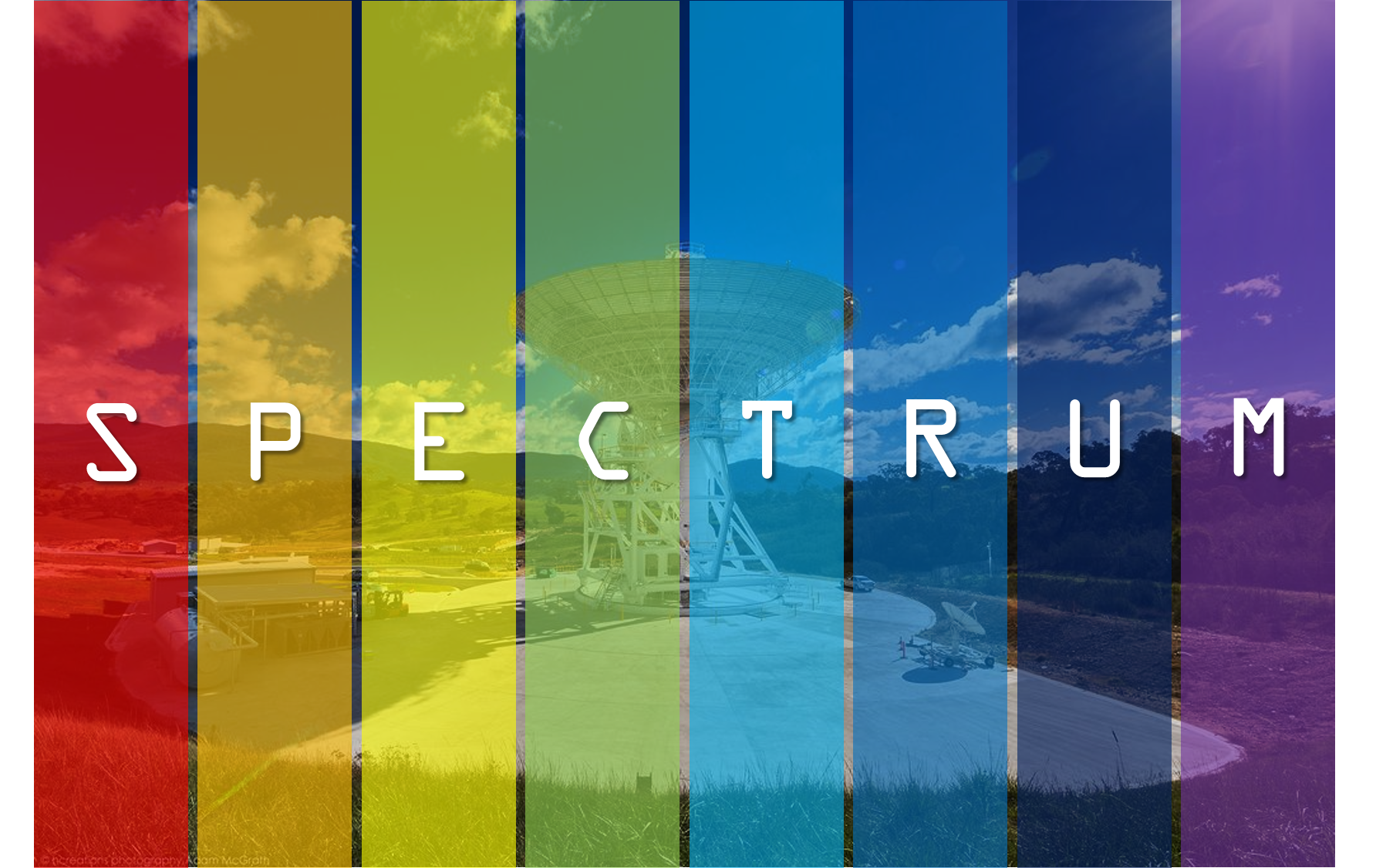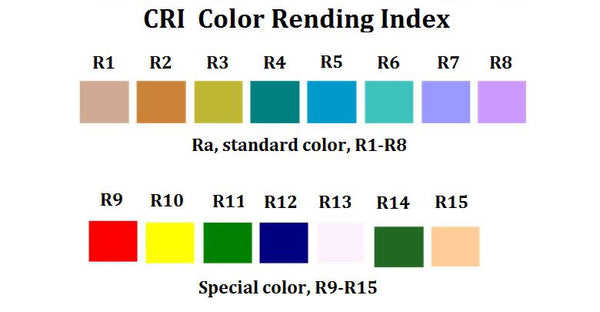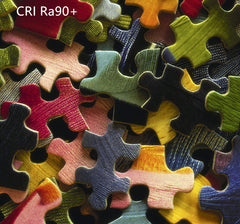
What Is CRI?
Keywords: YUJILEDS, CRI, LED, R9, TM-30-15, Eye Strain, HCL, Full Spectrum
Do you sometimes find it difficult to tell a deep navy blue and black apart under a dim light? You thought maybe you need to change the light to a brighter one. No, it is not about the brightness. It is probably just about the CRI.
What Is CRI?
In general terms, CRI is a measure of a light source's ability to show object colors "realistically" or "naturally" compared to a familiar reference source, either incandescent light or sunlight.
High-CRI LED lighting is a light-emitting diode (LED) lighting source that offers a high color rendering index (CRI).
If you have been browsing lighting and light fixtures, you may have come across the acronym CRI, usually accompanied by a number. CRI has a maximum score of 100. The more a light source gets closer to 100, the more it shows the realistic and true colors of an object.

On a general scale, CRI values that fall between 0 and 55 are considered poor and damaging to the eyes. Values between 60 and 85 are considered good and can be used for everyday activities. However, values that fall within the range of 90 to 100 are excellent light sources.
Testing for CRI requires special machinery designed specifically for this purpose. During this test, the light spectrum of a lamp is analyzed onto 15 different colors (or “R values”), termed R1 through R15.
There are 15 measurements which can be seen below, but when we talked about CRI, for most circumstances, we refer in particular to CRI(Ra), which only uses the first 8 colors. Of course, R9-R15 are also important, see Why Understanding CRI(Re), Matters to You?

The lamp receives a score from 0-100 for each color, based on how natural the color is rendered in comparison with how the color looks under a “perfect” or “reference” light source (either incandescent light or sunlight) at the same color temperature (CCT) as that lamp.
For example,
|
R1 |
R2 |
R3 |
R4 |
R5 |
R6 |
R7 |
R8 |
R9 |
R10 |
R11 |
R12 |
R13 |
R14 |
R15 |
|
99 |
98 |
92 |
97 |
99 |
96 |
97 |
98 |
100 |
92 |
97 |
89 |
99 |
95 |
99 |
Ra(R1~R8) = (R1+R2+…+R8)/8=97
Re(R1~R15) = (R1+R2+…+R15)/15=96
2. Why Is It Important to Your Life?
In ancient times, people didn’t have lights. Their behaviors were based on the sun’s ups and downs. The sunlight will tell you when to work and when to sleep. Then, lights were created and modeled on what the sun was doing. (HCL) So, improving the artificial lighting as close to the sunlight is the eternal pursuit for the top LED manufacturers like YUJI. That is why the CRI is so important. The higher CRI the light is, the closer it is to the sunlight.
The major qualities to look for when it comes to choosing the right lighting for your home: the brightness, quality, and safety. So much has to be weighed when choosing the perfect lighting. Color Rendering Index (CRI) is another big one, and it has a significant impact on especially artists, filmmakers, and crafters.
Whether you’re an artistic person or not, our eyes are sensitive to light quality and color. A red shirt lit directly with noontime sunlight will render much different than lit under a fluorescent bathroom light. The High CRI of our LEDs will help identify objects. Imagine you are playing with the puzzles under a low CRI light source, and you will probably go mad when you are trying to distinguish between similar colors. It may also affect your eyesight when you're doing certain tasks like reading a book, watching television or preparing food in the kitchen.


While all of our strips have 95+ CRI ratings, our VTC (Very True Color) strips boast 98+ CRI ratings. These lights have important applications especially for photography, retail display and grocery lighting, where accurate color presentation is key. High CRI lighting is equally valuable for in-home use, as it can transform a room by highlighting design details and creating a comfortable, natural overall feel.
3. Can High CRI Protect Your Eyes?
Students already have to worry about protecting their eyes because of the heavy duty in paper works. Constant use of bright light without protection causes retinal damage, which is a major source of concern for their parents.
Lamps sources with high CRI, like YUJILEDS Full Spectrum Lightings , can differentiate close colors from each other perfectly, so they don't need to strain their eyes further to separate close colors from each other.
True to color is key to helping people produce great work. This is why they need lighting that renders colors properly while protecting their eyes.
The best thing about LED lights with excellent, high CRI ratings is that they don’t cost much more than those with standard good CRI ratings. Considering the benefits of natural color rendition, it can pay in many ways to spend a little more for a higher CRI.
With so many benefits, it’s easy to see why you should take notice of CRI when making your next lighting decision.
Obviously, CRI is not the stand-alone method for measuring lighting color quality, we also recommend the combined use of TM-30 Gamut Area Index (Will TM-30 Replace CRI Metric?).

Leave a comment